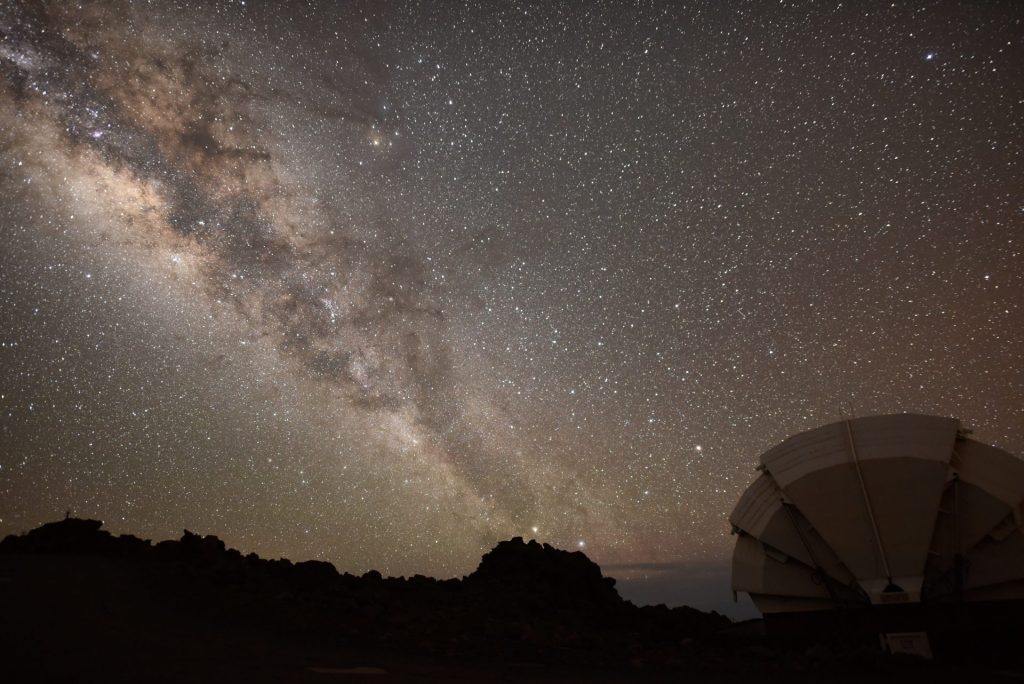In March, the Axion Dark Matter Experiment (ADMX) announced that it has achieved the necessary sensitivity to sense dark matter axions – theoretically predicted particles that might constitute the missing matter in the universe. The breakthrough, detailed in the peer-reviewed journal Physical Review Letters, makes ADMX the only experiment ever built to attain such precision.
“This result plants a flag,” said Leslie Rosenberg, professor at the University of Washington and chief scientist for ADMX. “It tells the world that we have the sensitivity, and have a very good shot at finding the axion. No new technology is needed. We don’t need a miracle anymore, we just need the time.”
The Heising-Simons Foundation’s Science program supports this research through grants to the University of Washington and the University of Chicago. The majority of this project is supported by the U.S. Department of Energy (DOE) Office of Science, the research and development programs at the U.S. DOE’s Lawrence Livermore National Laboratory, and the U.S. DOE’s Pacific Northwest National Laboratory.
The ADMX collaboration includes scientists at Fermilab, the University of Washington, Lawrence Livermore National Laboratory, Pacific Northwest National Laboratory, Los Alamos National Laboratory, the National Radio Astronomy Observatory, the University of California at Berkeley, the University of Chicago, the University of Florida, and the University of Sheffield.
We invite you to learn more about ADMX by watching this short video:





